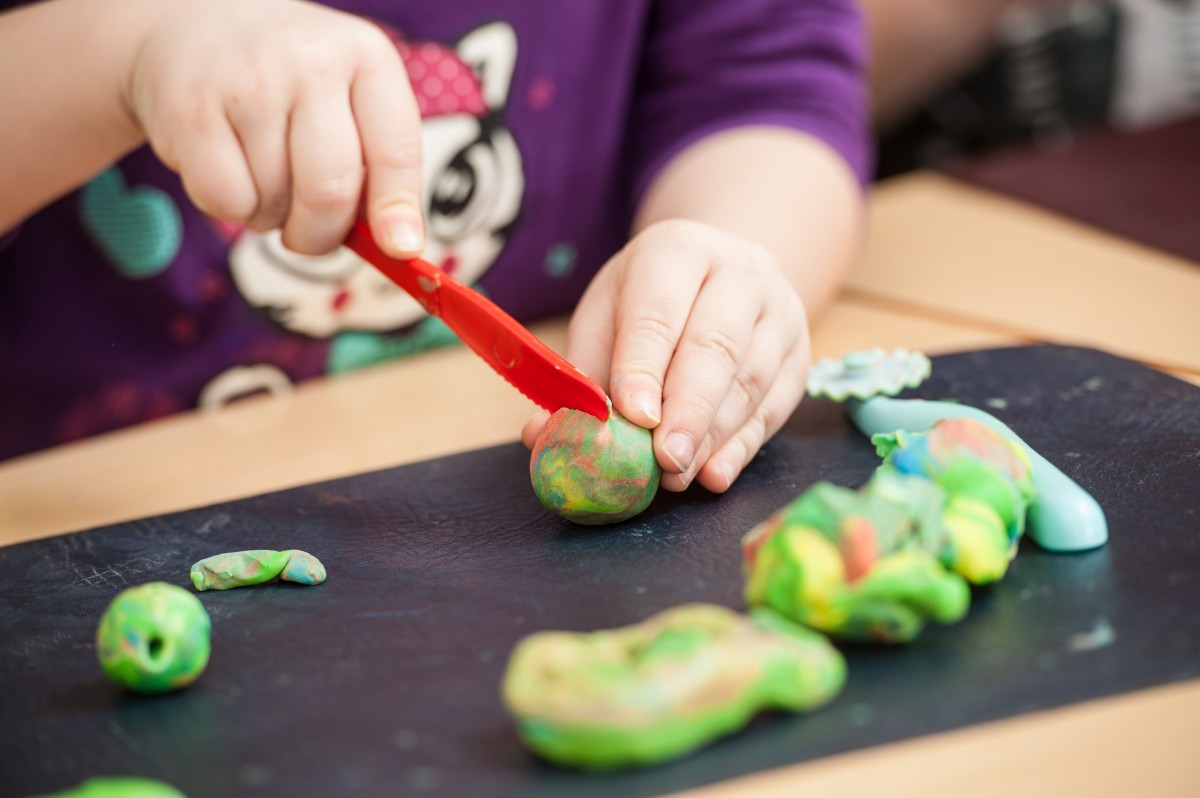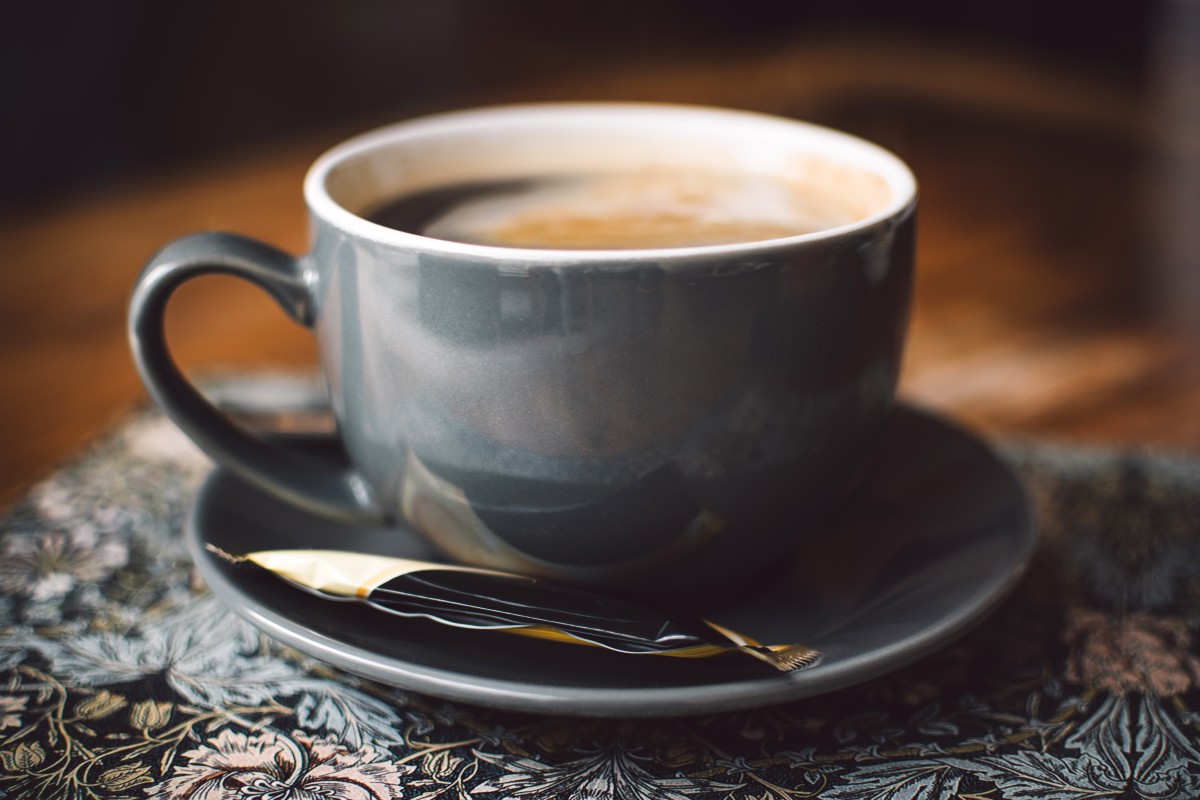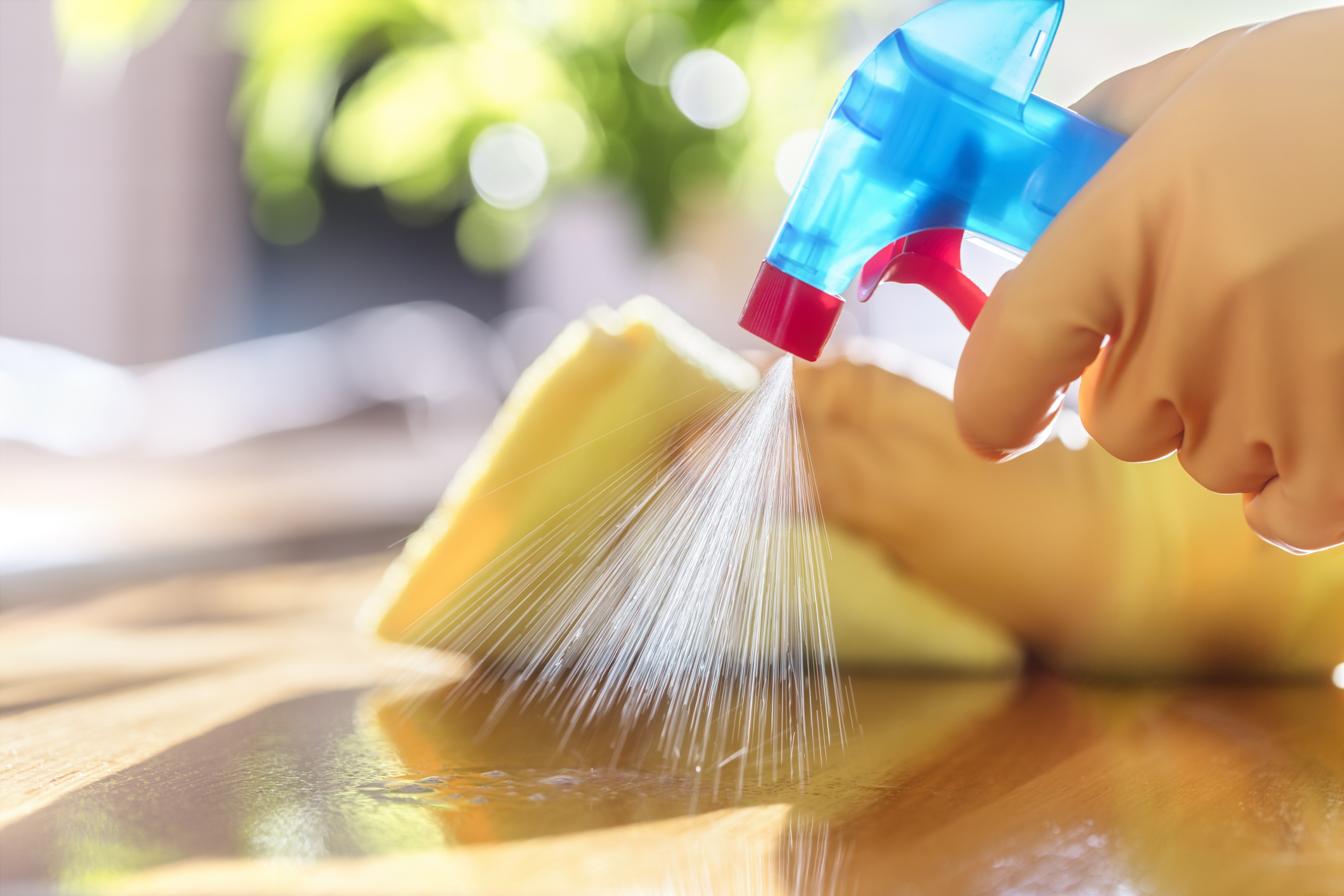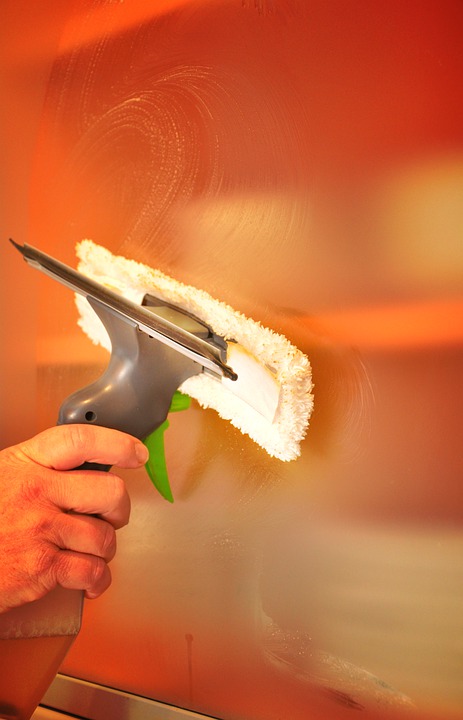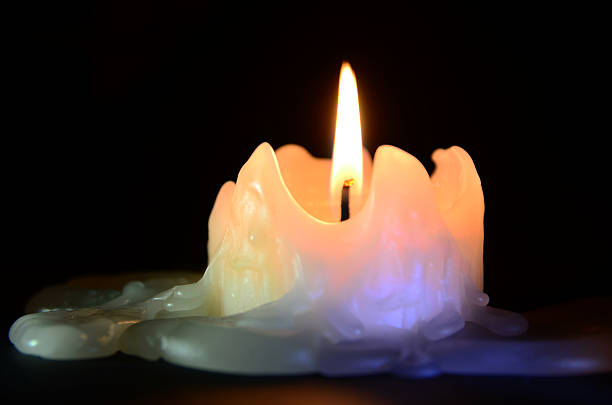The Ultimate Guide to Remove Playdough Stain
Modeling clay is a sticky substance that leaves a greasy residue behind. To remove playdough stains, you need a little patience.
An iron, vinegar, or acetone will help remove a play dough stain from clothing or fabric.
Use an ice cube or soapy water on a wall, especially if it is wallpapered.
Finally, ammonia can also be a great help in removing a play dough stain.
Cleaning a paste stain on leather
To remove a fix or modeling paste stain from leather, peel it off.
– Remove the loose top surface with a wooden spatula.
– Place a square of absorbent cloth over the stain.
– Gently iron on medium heat until the paste sticks entirely to the fabric.
On suede
To remove a paste stain from suede:
– Scrape off the soft paste with a spoon.
– Place a layer of toilet paper over the stain.
– Heat with an iron, changing the paper regularly.
On nubuck
To remove a stain of paste to fix on the nubuck:
– Gently apply the blade of a cutter to remove as much paste as possible.
– Place a paper towel over the remaining stain.
– Approach the sole of the iron until the paste is completely removed.
Removing a paste stain from fabric or garment
Before attempting to remove play dough (or fix dough) stains from a garment or fabric, check the label for the type of fabric.
On a synthetic fabric
To clean a fix (or modeling) paste stain on a synthetic fabric
– Remove as much of the paste as possible with a spatula.
– Turn the fabric in the washing machine.
– If there is still some paste, remove it with an iron.
On cotton
To remove modeling (or fixing) paste from a cotton fabric:
– Remove surface dirt with a knife.
– Put the cloth in the washing machine.
– If unsuccessful, heat with an iron and paper towel.
On jeans
To remove fix paste on a pair of jeans
– Wash the jeans with french Marseille soap. You can find it readily available in your local store.
– If there is any paste left, heat it with an iron.
On linen
To remove a stain of fix or modeling paste on linen:
– Dip the linen in a bath of water and Marseille soap.
– Remove the remaining paste with an iron and a paper towel if necessary.
On silk
To remove a modeling (or fixing) paste stain from silk:
– Remove the excess with a fingernail.
– Scrape a dry Marseille soap on the rest.
– Rinse.
On satin
To remove playdough stain on satin:
– Gently apply a cutter blade to loosen as much paste as possible.
– Hand wash the fabric with Marseille soap.
– Rinse.
On velvet
To remove playdough stain on velvet, rub a square of sandpaper on the stain.
On wool
To get rid of a fix paste stain on wool:
– Dip the fabric in a basin filled with Marseille soap diluted in warm water.
– Scrub with a green sponge.
– Rinse off.
On goat or sheep hair or skin
To get rid of a stain of paste to fix (or to model) on the skin of sheep:
– Place a square of paper towel over the stain.
– Approach an iron until it disappears completely.
On natural fur
To remove a stain of modeling paste (or paste to fix) on a natural fur:
– Apply a paper towel to the stain.
– Spray with steam from an iron.
On synthetic fur
To remove a fix or modeling paste stain on fake fur:
– Rub the stain with a green sponge soaked in Marseille soap and warm water.
– Wash the sponge and pass it onto the treated area.
– If the stain persists, use an iron.
On waxed canvas
A stain of modeling paste or to fix on a waxed fabric:
– Smear this stain with a wool pad moistened with Marseille soap and warm water.
– Wash with clear water.
Removing a modeling paste (or fix) stain from wood
On white wood
To remove a fix or modeling paste stain from white wood:
– Peel off the surface area with a spatula.
– Then scrape with sandpaper.
On waxed wood
To remove a trace of modeling paste (or fix) on waxed wood:
– Scrape off the excess with a spoon.
– Scrub the rest with steel wool.
– Wax.
On painted wood
To clean a fix (or modeling) paste stain on painted wood:
– Remove the soft paste with the blade of a knife.
– Finish the treatment with steel wool.
On teak
To clean a trace of modeling paste (or fix paste) on teak:
– Gently apply a spoon to remove the top of the paste.
– Remember to rinse!
– Soap the teak thoroughly to complete the treatment.
Cleaning stains from modeling paste on a floor or wall
To remove a fix (or modeling) paste stain on a coco carpet:
– Scrape off some of the paste with a cutter.
– Put a blotting paper on the stain.
– Heat with an iron.
On sisal
To remove a trace of modeling or fixing paste on sisal:
– Remove excess with a spatula.
– Spray the hot steam of iron on the stain previously covered with a paper towel.
On carpet
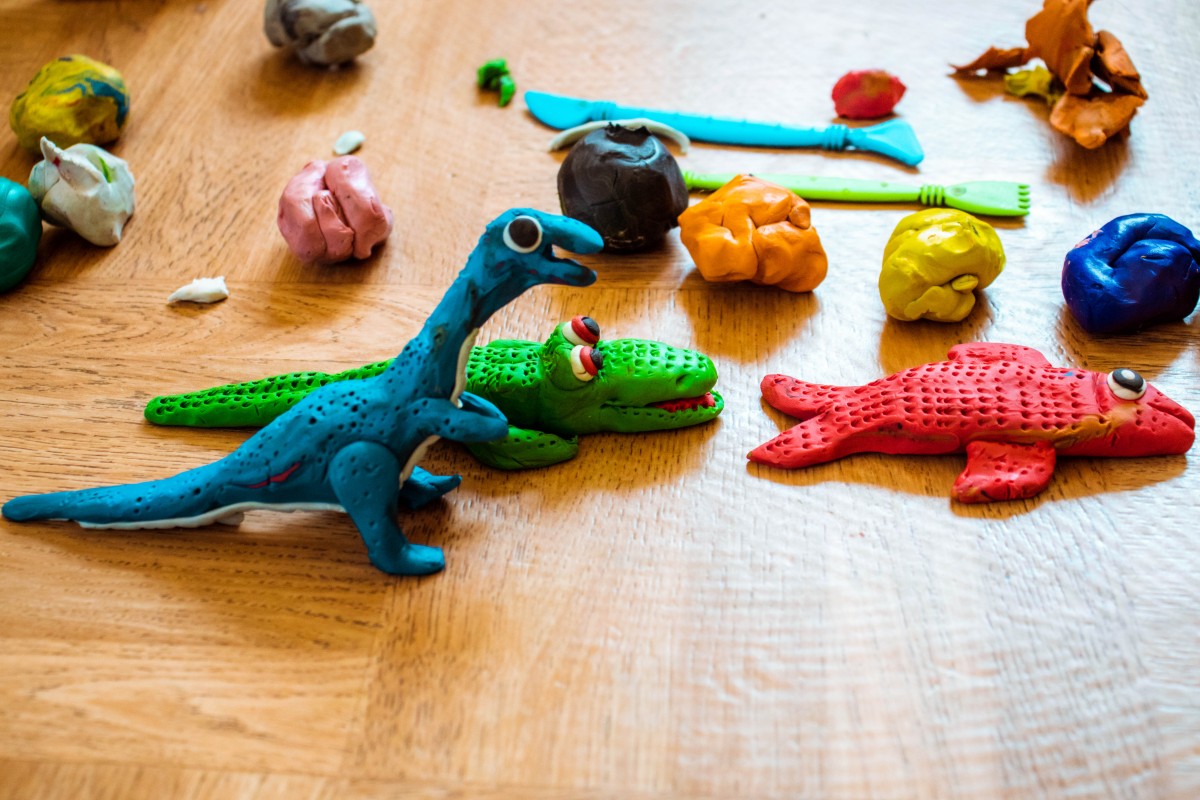
To remove a stain from a carpeted floor:
– Remove the top portion with a knife.
– Approach the soleplate of iron and heat through a paper towel.
On lino
To remove play dough (or fix dough) stains from linoleum:
– Soap the stain with an abrasive sponge soaked in Marseille soap and a little water.
– Clean the sponge and remove the residue.
– Wipe off.
On tiles
To remove a trace of fix/model paste on tiles:
– Rub the stain with a cloth soaked in diluted black soap.
– Wash with clear water.
On cement or concrete
To remove a trace of fix/model paste on cement, wipe with a cloth soaked in liquid scouring powder.
On terracotta or brick
To clean a fix/modeling paste stain on terracotta, polish the stain with a cloth dampened with liquid Marseille soap.
On wallpaper
To remove a trace of modeling paste or fix on wallpaper:
– Scrape off the excess without scratching the surface with the blade of a cutter.
– If wallpaper washes off:
◦ Rub it with a cotton ball soaked in diluted Marseille soap.
◦ Remove the greasy mark with a cloth soaked in ammonia water.
Remove a fix/model paste stain from smooth flooring
On plastic or rubber
To remove a fix or modeling paste stain from plastic: rub the stain with a steel wool pad soaked in soapy water.
On glass or crystal
To get rid of a modeling paste or stain on a window:
– Use a glass scraper to remove the paste.
– If traces remain, dab a cloth moistened with 28% ammonia.
On ceramic, earthenware, or porcelain
To remove a trace of fixative paste on ceramic: polish the stain with a sponge soaked in liquid Marseille soap.
On enamel
To remove a fix or modeling paste stain on enamel, rub the stained area with a cloth soaked in liquid Marseille soap.
Removing a stain of modeling paste on metal
On stainless steel
To clean a paste/fix stain on stainless steel: soap the stain with Marseille soap.
On copper
A trace of modeling paste or fix on copper? Rub the stain with a wool pad soaked in diluted oxalic acid.
On brass
To remove a fix (or modeling) paste mark from brass:
– Smear this stain with a cloth soaked in diluted Marseille soap.
– If this does not work, add lye to the detergent.
Cleaning a stain of fixative or modeling paste on stone
To remove a fix or modeling paste mark from stone:
– Scrape the mark with a kitchen spatula, and it will come off without problem!
– If a greasy mark forms, dab it with a cotton cloth soaked in ammonia.
On marble
To clean a mark of modeling or fixing paste on marble:
– Let a paste made of baking soda and pumice powder dry on the mark.
– Remove with a brush soaked in black liquid soap.
On stoneware
To erase a mark made by fixing or modeling clay on stoneware:
– Rub the mark with a cloth containing diluted scouring powder.
– If any marks remain, apply diluted ammonia on a cloth.
On granite
To remove a modeling or stain mark on granite, rub the stain with a mop soaked in diluted black soap.
List of detergents to clean playdough stains
– Ammonia
– Soap
– Marseille soap
– Liquid black soap
– Cans of washing soda
– Sandpaper
– Bicarbonate of soda
– Steel wool/iron wool brush
– Oxalic acid (sorrel salt)
– Pumice powder
– Scouring powder

